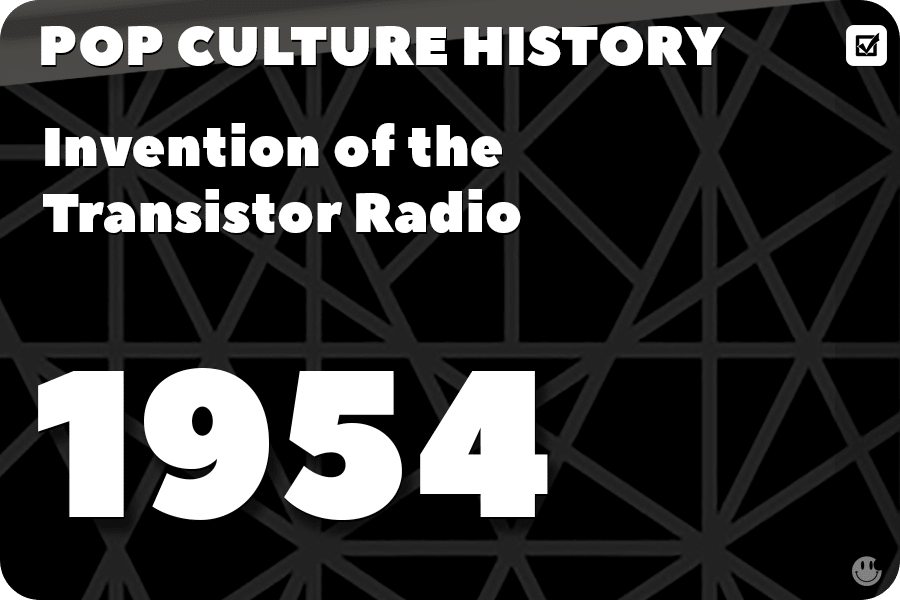 |
Invention of the Transistor Radio |
The transistor radio revolutionized the electronics industry by offering a portable, battery-powered alternative to bulky vacuum tube radios. This innovation was made possible by the development of the transistor, a breakthrough in semiconductor technology that had a wide-ranging impact on modern electronics. The transistor radio’s portability and affordability made it a popular consumer product, shaping the listening habits of millions worldwide. Details:
Effects on Pop Culture: The invention of the transistor radio had a profound impact on popular culture, influencing music, communication, and entertainment. Some examples include:
Prominent People and Countries Involved:
The invention of the transistor radio in 1954 marked a turning point in the electronics industry, offering a portable and affordable alternative to traditional vacuum tube radios. This innovation changed how people consumed music, news, and entertainment and significantly shaped popular culture throughout the 1950s and beyond. |









